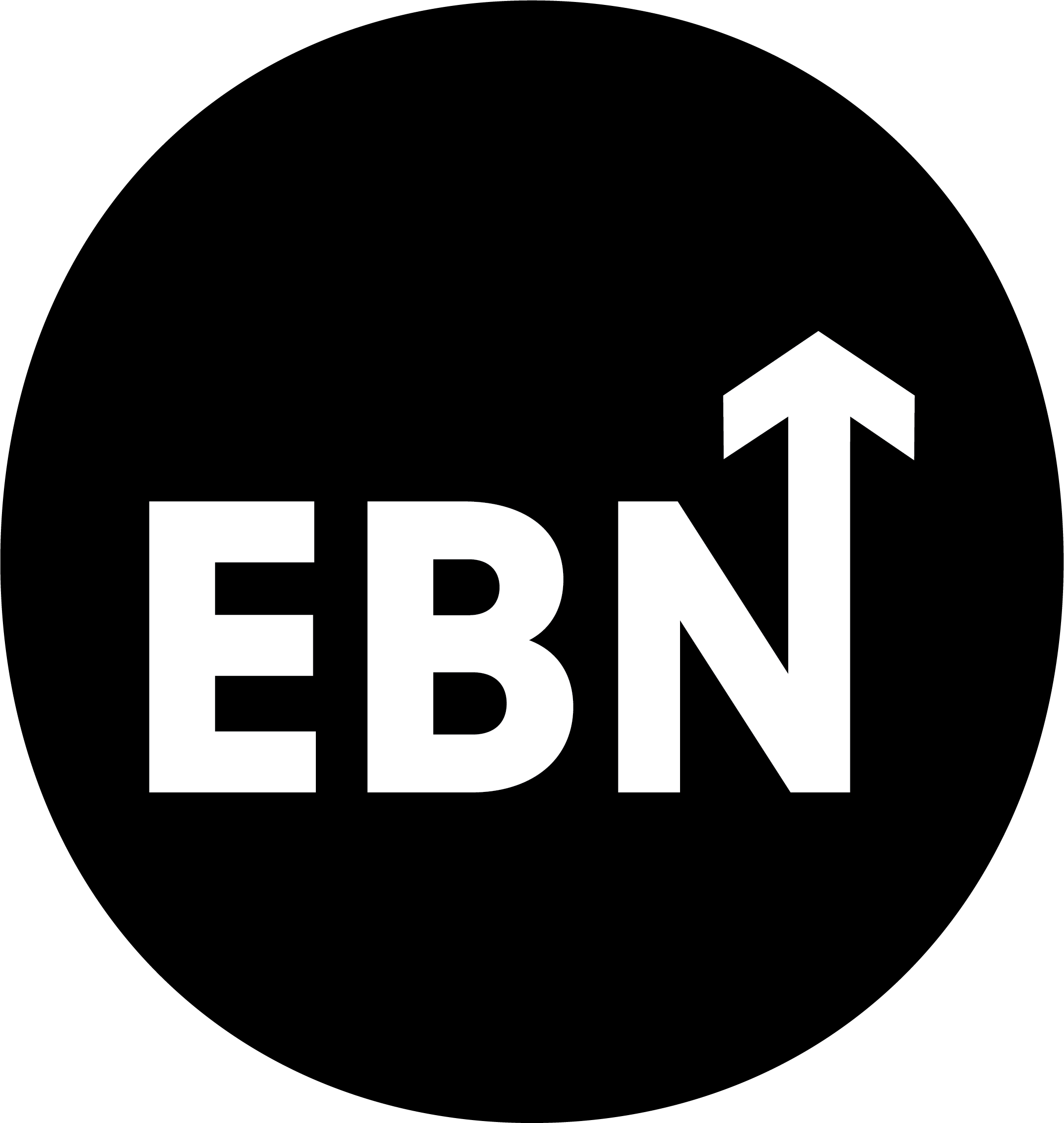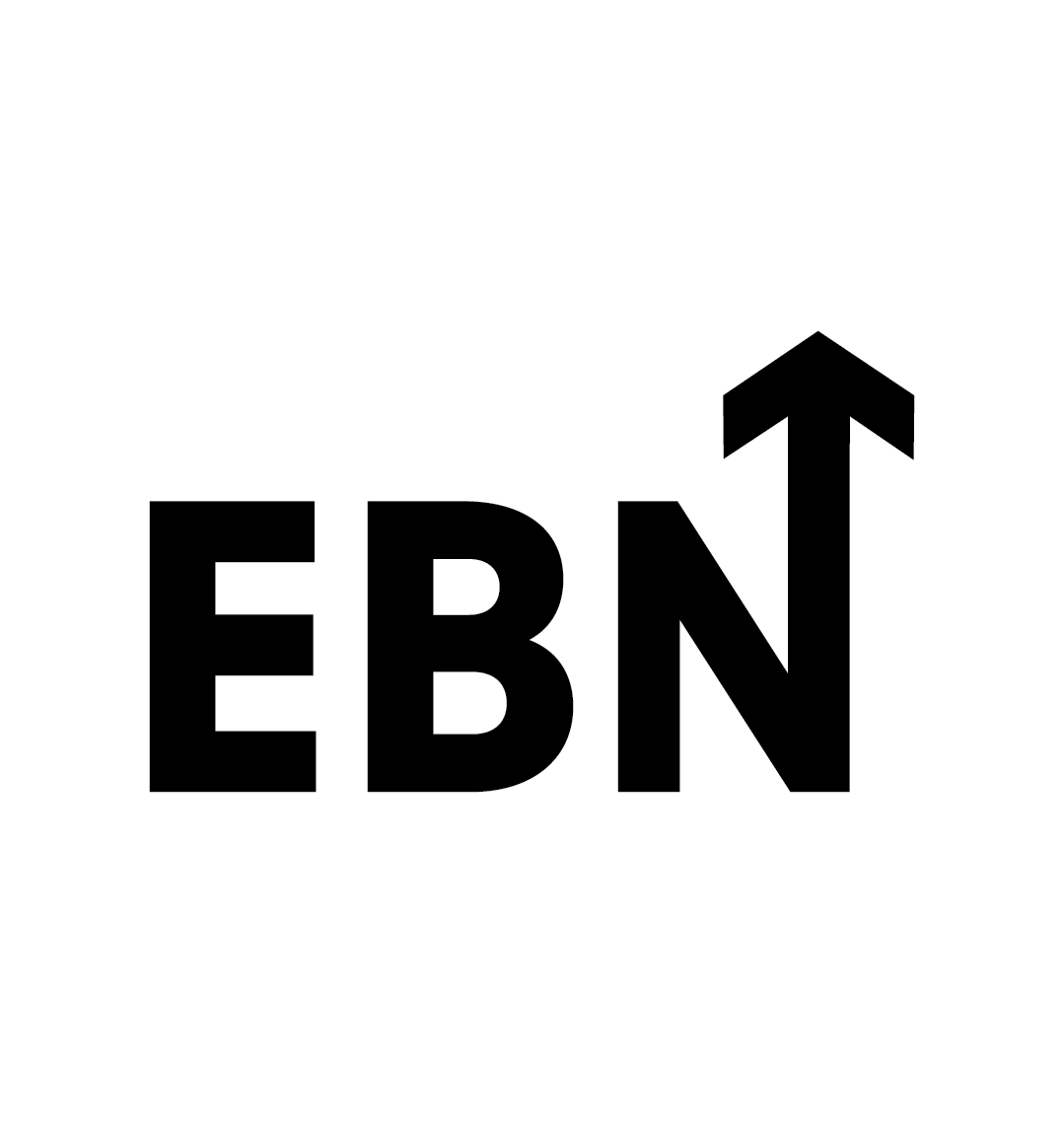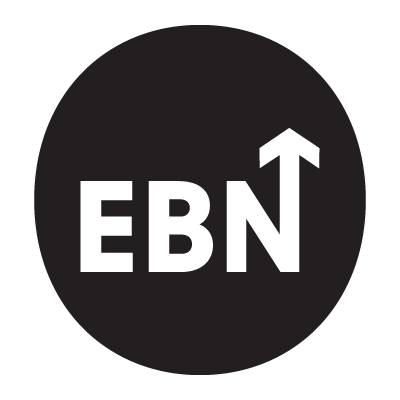Guest writer: Jay Kipps CHRL
If, like most of the talent professionals I work with, you’re regularly being invited to participate in HR Tech demos, this article is for you…
Introduction
In today’s fast-paced talent acquisition landscape, the integration of new technology into your tech stack is essential for maintaining a competitive edge. As an employer brand or talent acquisition leader, effectively leveraging AI can revolutionize your workflow, streamline processes, and enhance the candidate experience. But how do you strike a balance between your efforts to optimize current technologies and getting drawn in by the next new shiny thing?
This comprehensive guide provides valuable insights into navigating evolving technology, balancing current technologies with new innovations, and utilizing AI to optimize administrative tasks in talent acquisition and talent management.
Establishing a Baseline: Understanding Your Current Processes
AI is not a magic solution but a powerful tool to enhance efficiency and lighten workloads. Start by familiarizing yourself with the fundamentals of AI, such as ChatGPT and prompt engineering. Engage with AI platforms in your regular workflow to spark creative thinking on incorporating AI-based initiatives. Building a baseline understanding of your current processes and efficiencies is crucial to identify areas that can benefit from AI integration. Consider leveraging free and paid courses on platforms like LinkedIn Learning to gain expertise in AI ethics, compliance, prompt engineering, and modernizing your tech stack.
Momentum isn’t always progress, especially when you always end up back where you started.
Fathom helps you escape the loop. With insight, not intuition.
Knowing Your Policies and Protocols
Before diving into AI integration, collaborate with legal, compliance, IT, and other departments to understand any existing roadblocks, policies, or restrictions related to AI. Knowing your organization’s policies and protocols will help you navigate potential challenges and ensure a smooth integration process. If your organization lacks an AI policy, this might be your opportunity to lead its development.
Evaluating AI Vendors
Selecting the right AI vendor is crucial for successful talent acquisition and marketing workflow integration. Here are some tips for evaluating vendors:
- Clearly define your specific needs and objectives for AI implementation.
- Thoroughly research and evaluate different vendors based on their expertise, track record, and customer reviews.
- Request demos and trials or pilot programs to assess the usability and compatibility of their AI solutions with your existing systems.
- Prioritize vendors who align with your company’s values, including diversity, equity, and inclusion principles.
- Choose vendors with experience, market tenure, support, and proven client milestones over flashy features. An experienced vendor may be more expensive initially but can ensure long-term success. Extra points if they bring project management capabilities and are positioned to help you capture and communicate your success back to your business stakeholders.
Creating a Tech Implementation Roadmap
To effectively integrate AI into your talent acquisition workflow, develop a well-defined implementation roadmap:
- Identify key areas where AI can have the most significant impact on talent acquisition and employer branding efforts.
- Prioritize the implementation roadmap based on your company’s strategy and vision.
- Involve stakeholders from different departments to ensure alignment and buy-in.
- Continuously incorporate colleague/client feedback to improve and refine your AI solutions throughout the implementation process.
- Clearly communicate implementation timelines, opportunities for feedback, and plans for continuous improvement.
Leveraging Analytics for Business Insights
Integrating AI into your workflow can create new levels of analysis and understanding. Utilize AI-powered analytics tools to derive meaningful business insights from large datasets. Identify patterns and trends to optimize talent acquisition processes, manage your candidate experience, and make well-informed data-driven decisions. Apply diversity, equity, and inclusion principles to the analysis of data to foster inclusivity within talent marketing strategies.
Helping HR, talent acquisition, employer branding, and company culture professionals find careers worth smiling about.
Modernizing the HR Tech Stack
Implementing AI allows you to modernize your HR tech stack and enhance candidate and employee experiences. Consider these strategies:
- Leverage AI to streamline employee advocacy programs and manage employee-generated content.
- Use AI to identify trending topics and data-driven story ideas that will resonate with your candidates.
- Train AI on your tone of voice, EVP, and brand guidelines to enable employees to create content within a defined framework.
- Integrate AI into job descriptions and job ads to ensure consistency and alignment with candidate preferences and your employer brand.
- Match employee interests and experience with candidate audience preferences and map content to best-fit advocates.
- Automate content approval communications and use AI to track, time-code, and automate your content approval process, empowering recruiters with just-in-time content.
- Integrate AI-powered chatbots or virtual assistants to provide personalized and efficient candidate support.
- Automate repetitive tasks, such as resume screening and interview scheduling, to save time and improve efficiency.
- Ensure compliance with data privacy regulations by leveraging AI solutions that prioritize security and data protection.
- Continuously monitor and evaluate the impact of AI implementation to measure effectiveness and make necessary adjustments.
Balancing Optimization of Current Technologies vs. Adopting New Technologies
Navigating evolving technology involves a careful balance between optimizing current technologies and considering new innovations. While it’s essential to stay updated with the latest technological advancements, it’s equally important to maximize the potential of your existing systems. Here are some insights to help you strike the right balance:
- Evaluate ROI: Assess the return on investment (ROI) of your current technologies and determine if they are meeting your organization’s needs effectively. If they aren't, focus on optimizing their use before considering new technologies.
- Identify Pain Points: Identify any pain points or inefficiencies in your current systems. If new technologies can address these issues more effectively, it may be worth considering their adoption.
- Training and Adoption: Consider the training and adoption efforts required for new technologies. While new solutions may offer better features, they may also require significant training and change management efforts. Evaluate if your organization is ready for such a transition.
- Pilot Programs: Implement pilot programs for new technologies to assess their impact and feasibility. This allows you to make informed decisions without committing to a full-scale implementation immediately.
- Continuous Improvement: Focus on continuous improvement of your current technologies by integrating AI and other advancements. This can help you achieve better results without the disruption of switching to entirely new systems.
- Cost-benefit analysis: Compare the technology’s costs (implementation, subscription, training) against the expected benefits (time savings, quality improvements).
- Break-even point: Calculate the time it will take for the technology to pay for itself through cost savings and efficiency gains.
- Long-term value: Assess the long-term value of the technology in terms of scalability, flexibility, and alignment with future business needs.
Socializing Your AI Workflow Integration Strategy and Getting Stakeholder Buy-In
To ensure the successful integration of AI into your talent acquisition workflow, it is essential to socialize your strategy and gain buy-in from stakeholders. Here are some recommendations:
- Clearly communicate the benefits of AI integration, such as improved efficiency, personalized candidate experiences, and data-driven decision-making.
- Educate stakeholders about AI technology, its capabilities, and its potential impact on the talent acquisition workflow.
- Share success stories and case studies of organizations that have successfully integrated AI into their talent acquisition processes.
- Involve stakeholders in the decision-making process, seek their input, and address any concerns or questions they may have.
- Provide training and support to help stakeholders adapt to the changes brought by AI integration.
Successfully integrating AI into your talent acquisition and marketing workflow requires careful planning, evaluation, and socialization of your strategy to gain stakeholder buy-in. By establishing a baseline understanding of your current processes, knowing your policies and protocols, evaluating AI vendors, creating a tech implementation roadmap, leveraging analytics for business insights, modernizing your HR tech stack, and balancing the optimization of current technologies with the adoption of new innovations, you can navigate the integration process effectively and maximize the benefits that AI can bring to your organization.
Conclusion
Successfully integrating AI into your talent acquisition and marketing workflow requires careful planning, evaluation, and socialization of your strategy. By establishing a baseline understanding of your current processes, knowing your policies and protocols, evaluating AI vendors, creating a tech implementation roadmap, leveraging analytics for business insights, modernizing your HR tech stack, and balancing the optimization of current technologies with the adoption of new innovations, you can navigate the integration process effectively and maximize the benefits AI can bring to your organization.
Interested in benchmarking your progress against your industry and your competitors?
At The Martec, we are currently conducting a global study on how employers are progressing in integrating AI into their talent marketing workflows. If you are interested in benchmarking your progress and your AI integration strategy and budget against your recruiting competitors, complete this 7-minute survey and get a free benchmark report. The Martec’s AI4EB Benchmark Study (The Martec’s AI4EB Benchmark Study)
Takeaways
What are the key benefits of integrating AI into talent acquisition?
AI can automate repetitive tasks, provide data-driven insights, and enhance the candidate experience, leading to improved efficiency and better hiring outcomes.
How can I evaluate the ROI of my current HR technologies?
Assess the effectiveness of your current technologies by analyzing their impact on your workflows and identifying any areas for improvement. Conduct a cost-benefit analysis to compare the costs of new technology against the expected benefits.
What should I consider when selecting an AI vendor?
When selecting an AI vendor, consider their expertise, track record, customer reviews, and alignment with your company’s values. Request demos and trials to assess usability and compatibility with your existing systems.
How can I ensure compliance with data privacy regulations when integrating AI?
Ensure that your AI vendors prioritize security and data protection. Regularly review and update your data privacy policies to align with evolving regulations.
What are some common challenges in AI integration for talent acquisition?
Common challenges include navigating existing policies and protocols, gaining stakeholder buy-in, and ensuring compliance with data privacy regulations.
How can I gain stakeholder buy-in for AI integration?
Clearly communicate the benefits of AI integration, educate stakeholders about its capabilities, involve them in the decision-making process, and provide training and support to help them adapt to the changes.
Guest writer
With more than 20 years of experience as a Talent Acquisition Strategist, and with 10 of those years as an Employer Brand Consultant & Managing Director at Universum; Jay Kipps CHRL is one of the world’s leading authorities on the state of the global talent market and how to attract, select, and retain top talent.
In his current role as Director Strategic Markets (Global) & Tech Modernization Lead at The Martec, Jay is a trusted partner for many of the world's most attractive brands and employers; helping modernize their tech stack, reduce costs, improve results, & find new efficiencies by integrating AI into their Employer Brand, Talent Marketing, Talent Acquisition workflows.









